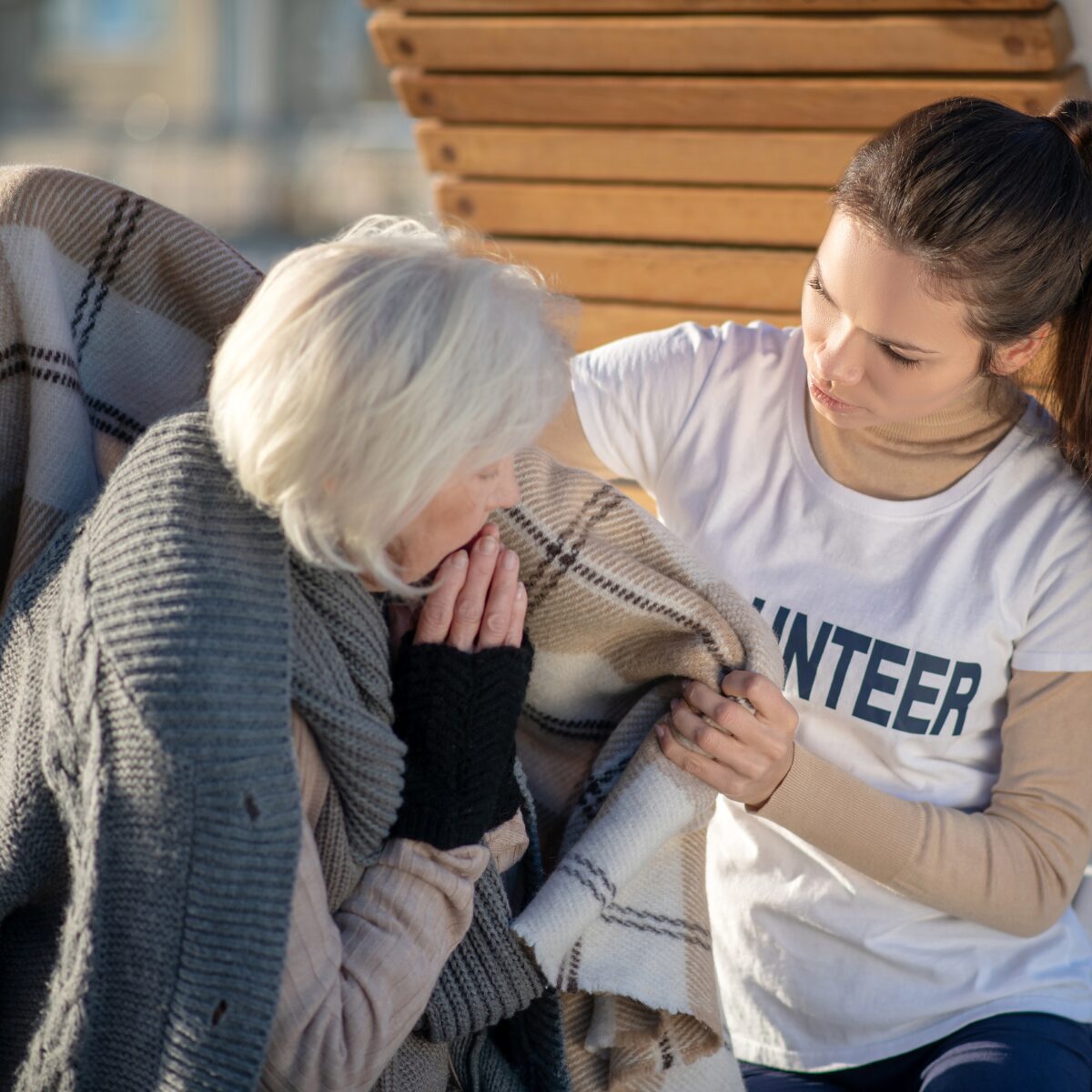Care Collaboratives: Connecting Clinicians, Improving Outcomes
These collaboratives unite care teams—including physicians, nurses, APPs, therapists, pharmacists, social workers, and more—to address common challenges, share resources, and improve patient outcomes together.
Care Collaboratives: Connecting Clinicians, Improving Outcomes
These collaboratives unite care teams—including physicians, nurses, APPs, therapists, pharmacists, social workers, and more—to address common challenges, share resources, and improve patient outcomes together.

A Smarter Way to Coordinate Complex Care—Beyond the EHR
Beyond technology, we facilitate connections, guide discussions, and offer strategic support—helping care teams identify challenges, share solutions, and improve patient outcomes.
Need help with your workflows?
Learn how the CatherineGives team can help your organization optimize your workflows.
Meet our Care Collaboratives
Meet our Care Collaboratives

Street Medicine
Teams doing the incredibly important work of caring for people experiencing homelessness are often doing so in atypical locations, which may not have broadband internet or computers. Additionally, this patient population often experiences fragmented care across the different health care organizations in a metropolitan area.
There are several ways Catherine Gives is helping street medicine initiatives, depending on their existing resources:
- A lightweight, mobile tracking and documentation platform that can be used while visiting and caring for people on the street.
- Creating shared lists and action plans for people with complicated wounds (such as those caused by xylazine) in need of ongoing care
Sickle Cell Disease
In the US, over 90% of people with Sickle Cell Disease identify as Black. People with Sickle Cell Disease have reported feeling stigmatized and having their symptoms dismissed when they receive care, which could be attributed to discrimination. There are also financial issues that play a factor. More than half of the people in the US with Sickle Cell Disease have Medicaid or CHIP for health insurance.
This care collaborative is designed to improve symptom management and outcomes for patients with Sickle Cell Disease who do not have outpatient hematology follow up and are frequently admitted to hospitals with pain episodes. Our goal is to increase collaboration among care teams across institutions to ensure that our approach to their care is coordinated regardless of where they receive it.


